President Raeisi calls for ‘serious pursuit’ of Iran’s water rights from Afghanistan
President Ebrahim Raeisi has called for “serious” pursuit of Iran’s water rights from the Hirmand River, which has been at the heart of a long-running water dispute between Tehran and Kabul.
Hirmand River, also known as Helmand River, originates in the Hindu Kush Mountains near Kabul and flows 700 miles (1,126 kilometers) south before funneling into Hamoun wetlands, located in Iran’s Sistan and Baluchestan province.
President Raeisi's remarks came during a cabinet meeting in Tehran on Wednesday, saying Tehran has to secure its rights in order to meet its water needs, especially in the border province of Sistan and Baluchestan.
He instructed the country’s foreign and energy ministers to take up the matter as a priority, asserting that “a popular government would, under no pretexts, back down from pursuing the nation’s rights.”
Raeisi also urged the concerned ministries to explore other means of meeting the border province’s burgeoning water needs such as digging deep wells and using special water well drilling rigs.
Iran's Minister of Energy Ali Akbar Mehrabiyan speaking to reporters on the sidelines of the cabinet meeting said he will pay a visit to Afghanistan to pursue the matter of shared water resources with Afghan authorities.
Iran and Afghanistan have been locked in the protracted water dispute for decades. The two sides signed a water-sharing accord in 1973, under which Afghanistan pledged to deliver an average of 820 million cubic meters of water per annum to Iran.
The Islamic Republic has repeatedly criticized Afghanistan for failing to honor the agreement.
What has made the dispute bitter is the construction of many hydroelectric projects on the river, most importantly the Kamal Khan dam in Nimrouz province, and the Kajaki dam 100 miles (160 km) northwest of Kandahar province.
In January, the caretaker Taliban government in Kabul announced that they had released water from the Kamal Khan Dam for the first time in decades.
However, Iranian officials later expressed dissatisfaction with the amount of water that had reached marches and wetlands in the arid Sistan region.
It came after the visit of a high-ranking Taliban delegation, led by the group's top diplomat Amir Khan Muttaqi, to Iran on January 10 who held wide-ranging talks with Iranian officials on the longstanding water dispute among other issues.
On Saturday, the head of Iran’s Department of Environment, Ali Salajeqeh said the Ministry of Energy has held several meetings with Afghan officials, but without any positive outcome that could help in resolving the dispute.
Deputy Energy Minister Mohammad Javanbakht also said last month that Iran has received only four million cubic meters of water from the river since October.
The official said he had raised the issue three times in person and several times over the phone with Amir Khan Muttaqi, the acting minister of foreign affairs of Afghanistan's interim governing body.
Iran's Foreign Minister Hossein Amir-Abdollahian also discussed the water dispute with the top Taliban diplomat last month, making a “serious demand” for the settlement of the dispute in line with the mutual agreement.
Back in May, Iran’s former Foreign Ministry spokesman Saeed Khatibzadeh said the Islamic Republic was to pursue its water rights from the river through “legal channels.”
During his visit to the Dogharoun border crossing, which connects Afghanistan's Herat with Iran's Mashhad, Khatibzadeh at the time said Afghanistan has so far failed to adhere to the terms of the 1973 water treaty between the two sides.
He also noted that high commissioners of the two countries have discussed ways to secure Iran’s water rights from the Hirmand River on several occasions in the border province of Sistan-Baluchistan, without any significant breakthrough.
VIDEO | Australians protest over US action in Venezuela
Cuba declares national mourning for 32 citizens killed in US raids on Venezuela
Iran: US must release kidnapped Venezuelan president
After US aggression against Venezuela, Mexico could be next: Report
Qalibaf: Protesters must be heard but foreign-linked agitators will be dealt with
VIDEO | German government refuses to condemn US aggression against Venezuela
Venezuela’s acting president calls for peaceful coexistence, dialogue with US
Denmark, Greenland leaders urge Trump to halt takeover threats


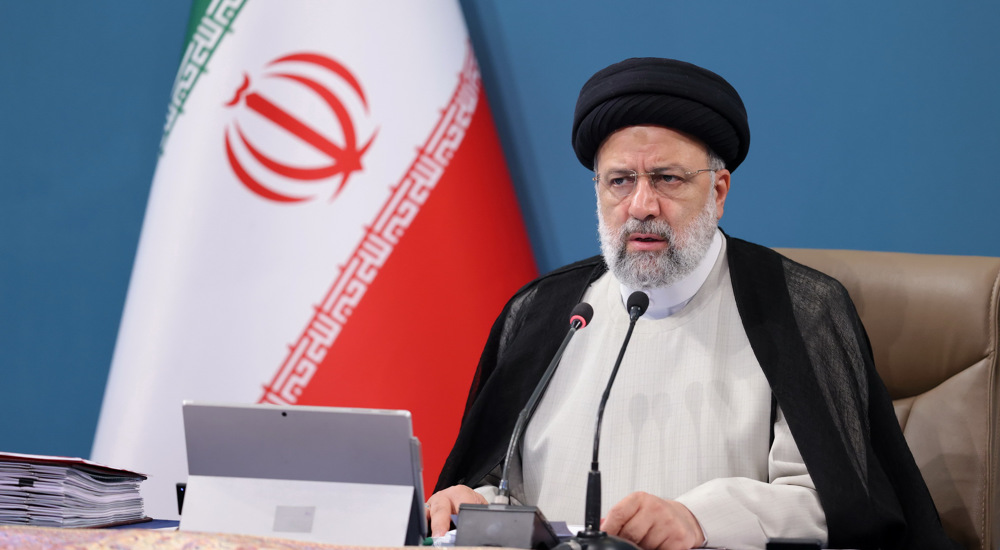
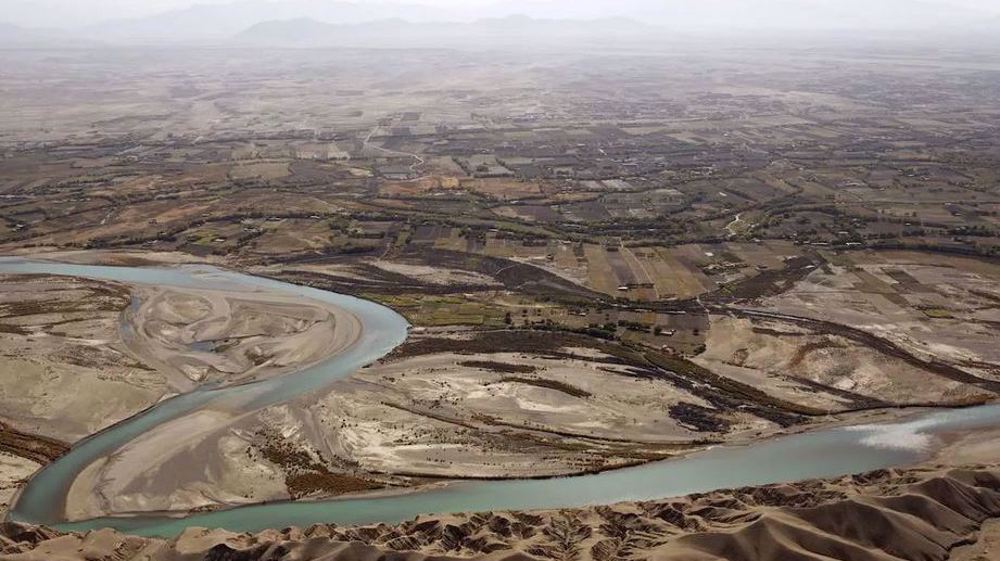
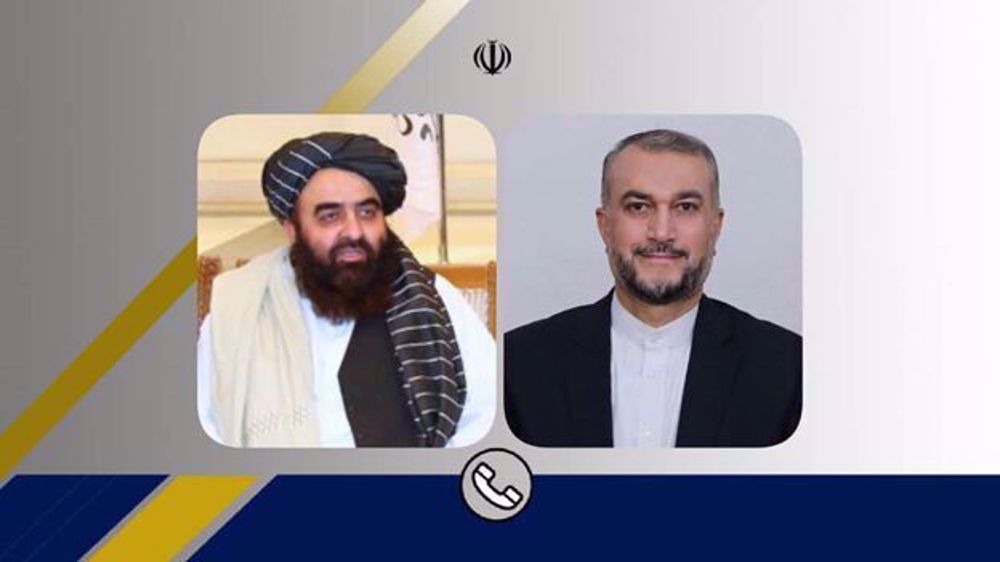
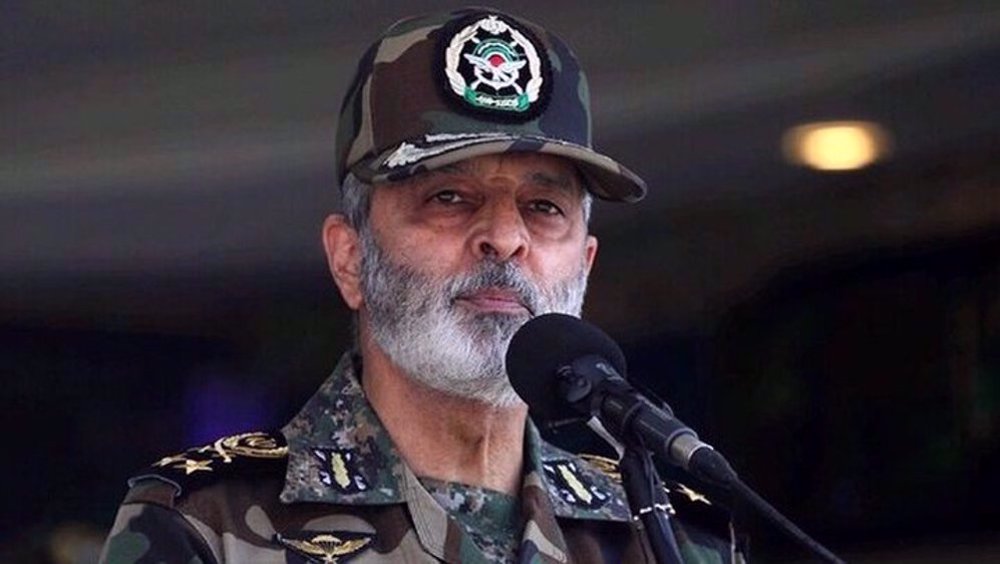





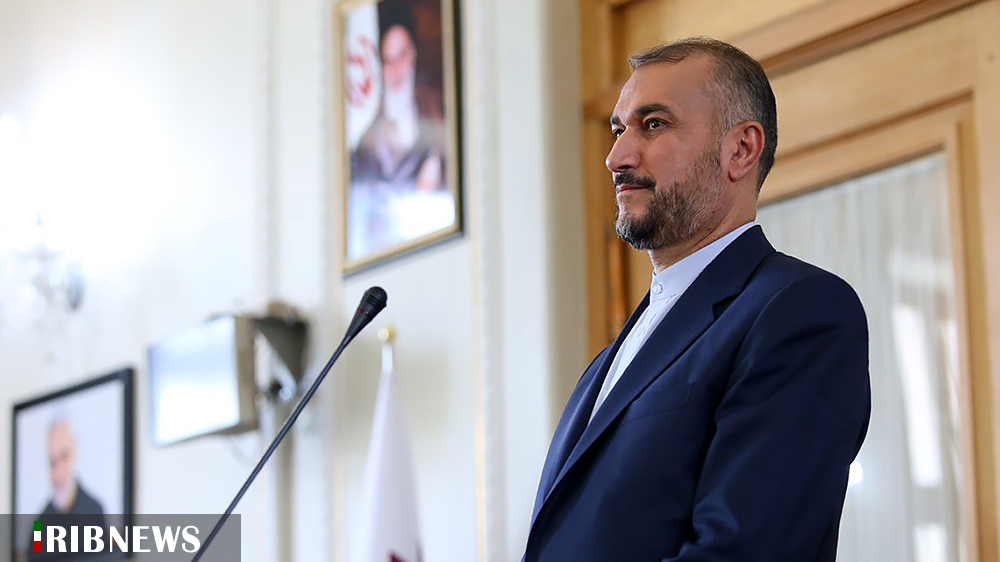
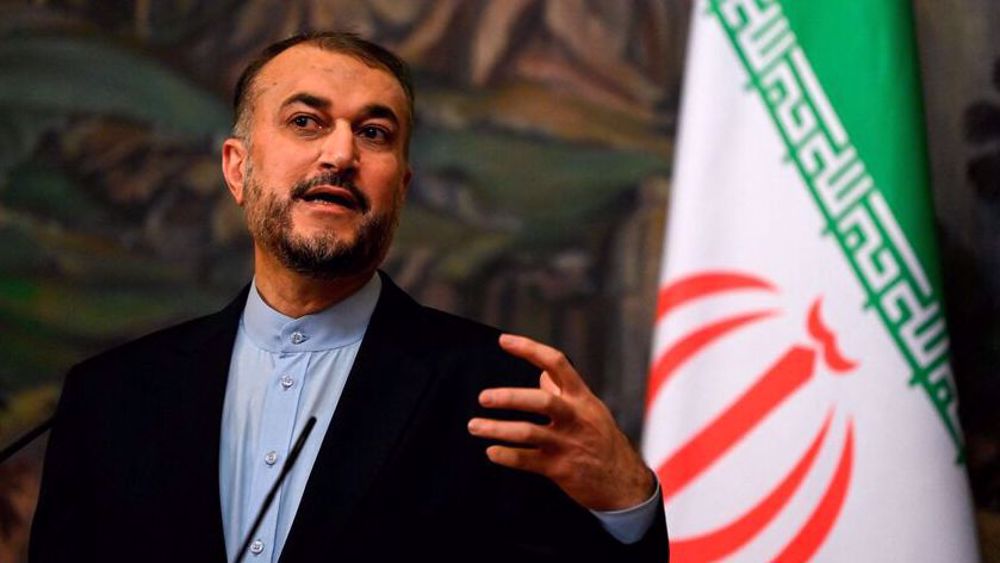
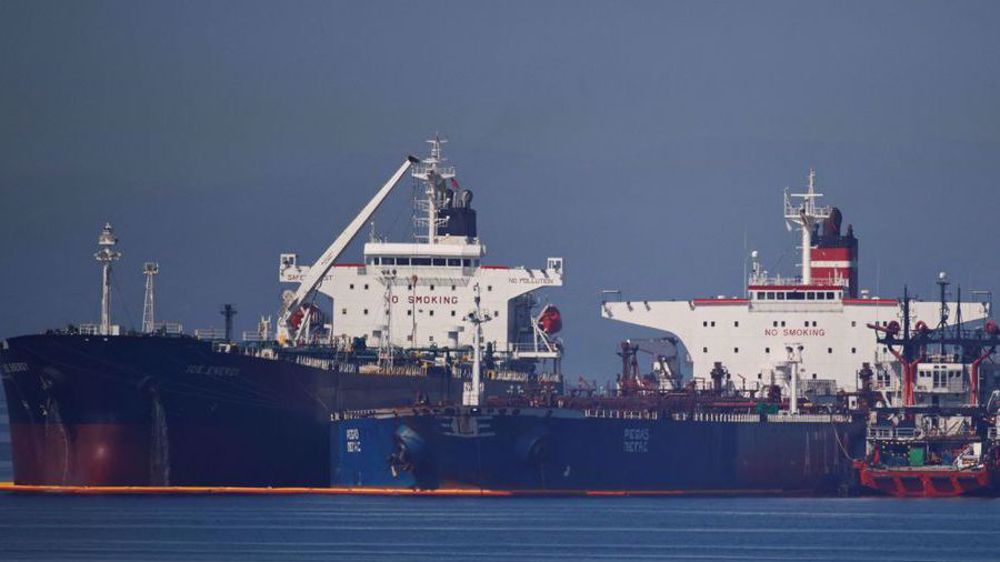

 This makes it easy to access the Press TV website
This makes it easy to access the Press TV website